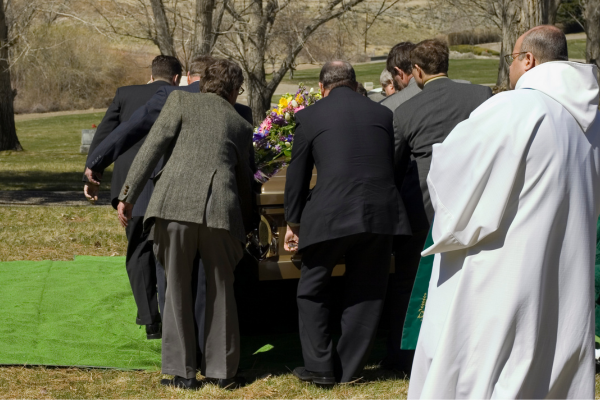Currently Empty: $0.00
A Comprehensive Guide to Understanding International Dead Body Transport
Losing a loved one is a deeply emotional experience, and when that loss occurs abroad, the complexity of the situation can be overwhelming. International dead body transport is a sensitive and intricate process that requires careful consideration of legal, cultural, and logistical factors. This comprehensive guide aims to shed light on the various aspects of international dead body transport, helping families and professionals navigate through this challenging journey with understanding and compassion.
Contents
1. The Importance of International Dead Body Transport
The significance of international dead body transport is underscored by the desire to honor the deceased’s final wishes and provide closure for the family. Whether due to natural causes, accidents, or other unforeseen circumstances, repatriating the remains to their home country allows for a proper farewell and funeral rites. It also respects cultural and religious beliefs, which play a vital role in how the deceased is laid to rest.
2. Legal and Documentation Requirements
Navigating the legal and bureaucratic requirements of international dead body transport is a crucial step. These requirements vary from country to country and depend on factors such as the cause of death, the destination country’s regulations, and the mode of transportation. Common documentation includes death certificates, embalming certificates, transit permits, and customs forms. Engaging with the consulate or embassy of both the departure and destination countries can provide invaluable guidance on fulfilling these legal obligations.
3. Transportation Options
Several transportation options are available for international dead body transport, ranging from air travel to land and sea transportation. Air transportation is often preferred due to its speed and efficiency, and it adheres to strict protocols for safe handling and preservation of the body. Funeral homes and specialized repatriation services are equipped to manage the logistical details of transportation, including packaging, preservation, and compliance with aviation regulations.
4. Cultural and Religious Considerations
Respecting cultural and religious considerations is paramount when arranging international dead body transport. Different cultures and religions have unique funeral practices and beliefs about handling the deceased. Families should communicate their preferences to the professionals handling the transport, ensuring that the deceased’s wishes are honored while adhering to the legal and logistical requirements of the process.
5. Assistance and Support
The process of international dead body transport can be overwhelming, emotionally draining, and logistically challenging. This is why seeking assistance and support is essential. Funeral directors, repatriation specialists, and consular staff are experienced in managing the complexities of repatriation and can provide guidance on everything from paperwork to cultural sensitivities. Moreover, family and friends should rally around those directly affected, offering emotional support during this difficult time.
Conclusion
International dead body transport is a delicate process that requires meticulous attention to detail, empathy, and a deep understanding of cultural and legal intricacies. Navigating through this process can be daunting, but with the right resources and professional assistance, families can ensure that their loved ones are repatriated respectfully and in accordance with their wishes. By acknowledging the importance of honoring the deceased’s cultural and religious beliefs, understanding the legal requirements, and seeking guidance, families can find solace in giving their loved ones a proper farewell, regardless of the geographical boundaries that separate them.









